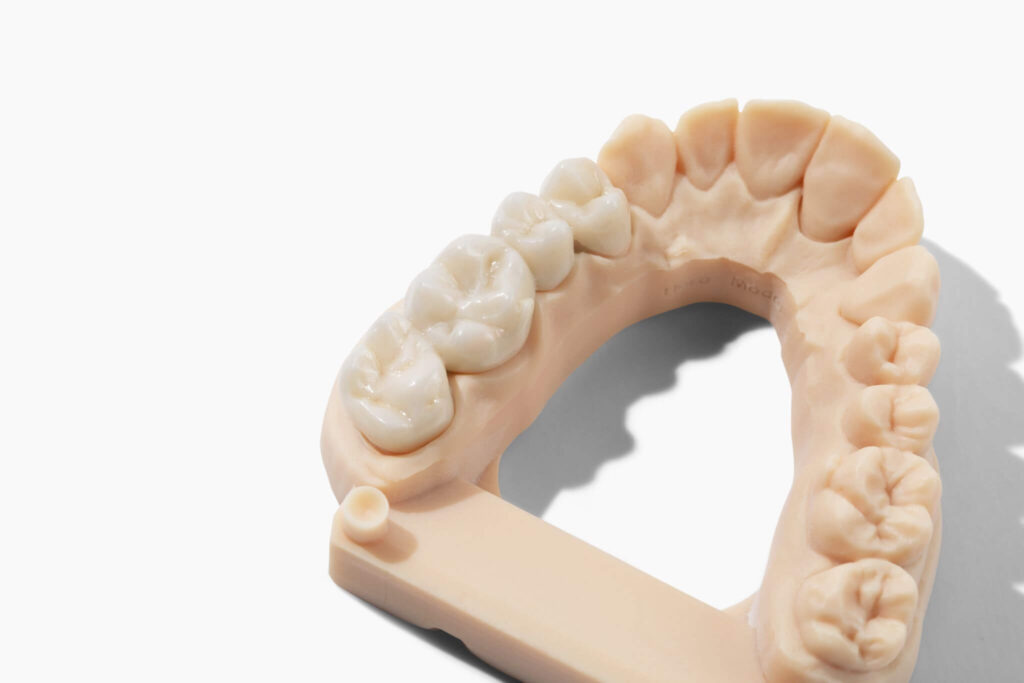Dental Code for All-Ceramic Crowns
All-ceramic crowns are a popular dental restoration option due to their aesthetic appeal and durability. Understanding the dental coding system for these crowns is essential for dentists, insurance providers, and patients to ensure accurate billing and treatment planning.

2. What is an All-Ceramic Crown?
An all-ceramic crown is a type of dental crown made entirely from ceramic materials, providing a natural tooth-like appearance. These crowns are preferred for their superior aesthetics and biocompatibility.
3. Importance of Dental Codes
Dental codes are used to categorize various dental procedures and ensure accurate billing. The Current Dental Terminology (CDT) codes, maintained by the American Dental Association (ADA), standardize dental treatments across clinics and insurance providers.
4. Common Dental Codes for All-Ceramic Crowns
The primary CDT codes for all-ceramic crowns include:
- D2740 – Crown, porcelain/ceramic substrate
- D2610 – Inlay, porcelain/ceramic – one surface
- D2620 – Inlay, porcelain/ceramic – two surfaces
- D2630 – Inlay, porcelain/ceramic – three or more surfaces
These codes help dentists and patients navigate insurance claims and treatment costs.
5. Procedure for All-Ceramic Crowns
Step 1: Consultation and Diagnosis
- Examination of the tooth structure
- X-rays and digital imaging
- Discussion of treatment options
Step 2: Tooth Preparation
- Removal of decayed or damaged enamel
- Tooth reshaping
- Impression taking for crown fabrication
Step 3: Crown Fabrication
- Digital or manual modeling
- CAD/CAM technology for precise fit
- Temporary crown placement
Step 4: Crown Placement
- Checking fit and bite alignment
- Bonding the crown using dental cement
- Final polishing for a natural finish
6. Benefits of All-Ceramic Crowns
- Aesthetic appeal: Matches natural teeth color
- Biocompatibility: Reduces allergic reactions
- Durability: Can last up to 15 years with proper care
- Stain resistance: Ceramic materials resist discoloration
7. Cost Analysis and Insurance Coverage
The cost of an all-ceramic crown varies based on location, material quality, and insurance coverage.
| Factor | Cost Estimate (USD) |
|---|---|
| Without Insurance | $800 – $3,000 |
| With Insurance | $300 – $1,500 |
| Additional Procedures (Root Canal, etc.) | +$500 – $1,000 |
Many insurance plans cover 50%-80% of the cost if deemed medically necessary.
8. Comparison with Other Crown Types
| Feature | All-Ceramic | Porcelain-Fused-to-Metal (PFM) | Metal Crowns |
| Aesthetics | Excellent | Moderate | Poor |
| Durability | High | Higher | Highest |
| Biocompatibility | High | Moderate | Low |
| Cost | Moderate-High | Moderate | Low |
9. Factors Affecting the Cost
Several factors influence the price of all-ceramic crowns:
- Geographical Location (Urban vs. Rural pricing)
- Dentist’s Expertise and Reputation
- Complexity of the Procedure
- Type of Ceramic Used (Zirconia vs. Lithium Disilicate)
- Additional Treatments Required
10. Potential Risks and Complications
- Chipping or Fracture – Though durable, excessive force can cause breakage.
- Tooth Sensitivity – Temporary discomfort after placement.
- Improper Fit – May require adjustments for bite alignment.
- Allergic Reactions – Though rare, some patients may react to bonding materials.
11. Caring for All-Ceramic Crowns
To extend the lifespan of ceramic crowns, follow these care tips:
- Practice Good Oral Hygiene – Brush twice daily and floss.
- Avoid Hard Foods – Prevents chipping or cracking.
- Regular Dental Check-ups – Ensures crown stability and health.
- Use a Mouthguard – Especially for those who grind their teeth.
12. Conclusion
All-ceramic crowns offer a perfect blend of aesthetics, durability, and biocompatibility. Understanding dental codes ensures proper billing and insurance claims. With proper care, these crowns can provide long-lasting results, making them a preferred choice for both patients and dental professionals.
13. FAQs
Q1: How long does an all-ceramic crown last?
A well-maintained ceramic crown can last between 10 to 15 years or more with proper care.
Q2: Are all-ceramic crowns better than PFM crowns?
All-ceramic crowns provide superior aesthetics, but PFM crowns offer greater durability.
Q3: Can all-ceramic crowns stain over time?
They are highly stain-resistant but may discolor if exposed to excessive staining foods.
Q4: What is the difference between zirconia and lithium disilicate crowns?
Zirconia crowns are stronger, while lithium disilicate crowns offer better translucency and aesthetics.
Q5: Does dental insurance cover all-ceramic crowns?
Most insurance plans cover part of the cost, depending on necessity and policy terms.
14. Additional Resources
- American Dental Association (ADA): www.ada.org
- Dental Coding & Billing Guide: www.dentalcodes.com
- Oral Health Foundation: www.dentalhealth.org


